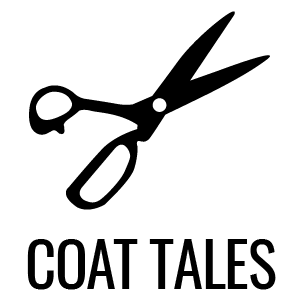The stage in the basement of the Imperial Erskineville was overtaken by eight legendary Australian drag kings on Saturday night. The host was Sexy Galexy, a disco-meets-Liberacesque Glamourboi whose bulgingly skin-tight gold trousers and bespangled jackets stretched across his muscled-tending-to-paunchy torso gleamed brighter than the firmament.
The other performers included Queensland’s Tricky Boombang and Victoria’s Lance De Boyle, Jerome, Motherfucka MC and Scon Bott, the latter dressed in ACDC denim cutoff jacket and 1980s mullet.
Later on, there was Sydney’s Mister Monster and the incomparable Jayvante Swing, the R’n’B/soul crooner who slayed the room with a wave of sex-god charisma. (Swing’s Instagram profile describes them as ‘Dandy – Romantic – Suave – Smooth – Charming’, which doesn’t quite capture their potency. I think nearly everyone in the front rows blacked out for a moment and then came to their senses and wondered what had just happened).
The performances served as a sequinned-cum-pheromone-laced accompaniment to the exhibition Behind the Zip, on the Australian history of drag kings, currently showing at Chrissie Cotter Gallery in Sydney’s Inner West.
A crowd packed the gallery at the opening last Thursday night, treated to performances by Rock Hard and Sexy Galexy. The walls were covered with a multitude of photographs and memorabilia sourced by Sexy Galexy and other long-time performers in Australian drag king scenes.
Much of the exhibition charts the development of an Australian drag-king scene in the first decade of the millennium due to the gutsy determination of pioneers such as Di-Vinyl, Galexy and Bumpy Favell, the former the founder of the DKSY drag king competition in Sydney in 1999, and the latter the co-founder of the weekly Club King Victoria night in Melbourne that ran between 2000 and 2011.
In 2019, cultural researcher Kerryn Drysdale chronicled what they called ‘the rise and fall of a lesbian social scene’ in Sydney in the first decade of the millennium.
At the Behind the Zip Q&A forum on Saturday, plenty of stories were told which illuminated why drag-king performance struggled to gain a firm footing even as drag-queen performance gathered an unstoppable momentum.
The stories were about how marginalised drag-king performers have been: not just in mainstream popular entertainment, but in drag-queen and gay male-dominated venues.
As drag king Manzer noted in an interview with SBS’ Joseph Earp back in 2019, provides context: “I think that the popular conception of drag queens, in their heightened, exaggerated femmeness, is a lot easier for the non-queer world to swallow than a woman playing up an exaggerated portrayal of a man. Because how dare we make fun of men, right?”
Yet as the participants in the Behind the Zip forum put it, further marginalisation has come from many drag queens, the male owners of gay venues and some of their patrons. To note just one example: the first drag king ever to perform at the Sportsman’s Hotel, Brisbane’s longrunning gay venue locally famous for its drag acts, was Tricky Boombang in 2016.
During the form, Bumpy Favell also talked about the fact that numbers of people who had appeared at Club King Victoria in the early noughties later came out as trans masc, and felt that it was no longer appropriate to perform as drag kings.
Right this moment, however, it seems that something of a renascence is happening – perhaps better described as the beginnings of new, more inclusive, genderqueer and genderfuck modes of drag which include drag king performance.
In 2017, Drysdale indeed wrote a cautiously positive piece about the rise of the ‘new drag kings’ in the Conversation, noting the greater inclusivity emerging in the drag scene. Drag kings will also have more visibility during this year’s Mardi Gras parade, with the float Drag Kings Unite set to break the world record for the largest drag king performance.
These developments will hopefully make Behind the Zip as much a springboard for the future as a nostalgic remembrance of times past.
Behind the Zip is only on until 5 March 2023 at Chrissie Cotter Gallery (31A Pidcock St Camperdown). It’s too late to see that Club Kings Legends performance – but if you are in Sydney, go and see the exhibition while you still can.

